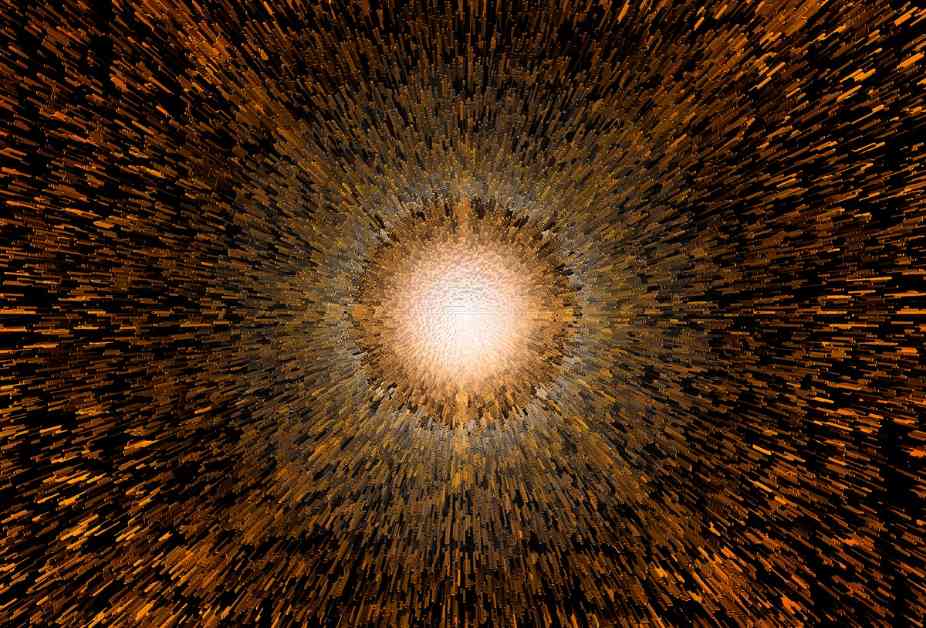Physicists have recently made a groundbreaking discovery regarding a rare particle decay process that could potentially unveil new forces and particles in the universe. The finding suggests that there may be unknown actors interfering in the decay, such as new particles or forces that have not yet been identified in nature.
The discovery was made at the NA62 experiment at CERN, the European laboratory for particle physics near Geneva. Scientists observed a rare decay of kaons, which are particles containing strange quarks, leading to the creation of a pion, a neutrino, and an antineutrino. This particular decay process is extremely rare and requires the presence of virtual particles, which can influence the decay of kaons.
The Standard Model of particle physics predicts that this decay should occur eight times out of every 100 billion decays. However, the recent measurement found that the decay happens approximately 13 times in every 100 billion decays, indicating a potential deviation from the Standard Model. While this discovery is promising, scientists emphasize the need for more data to confirm these results and explore the implications further.
If future measurements confirm that the decay contradicts the predictions of the Standard Model, it could indicate the presence of new virtual particles that are affecting the decay process. One potential explanation could be the existence of a hypothetical particle known as a Z? boson or a leptoquark, which could shed light on some of the unanswered questions in physics.
Discovering these new particles could provide valuable insights into the mysteries of the universe, such as dark matter and the existence of matter over antimatter. Moreover, these findings could have implications for other rare particle decay processes being studied at experiments around the world, such as the Large Hadron Collider beauty (LHCb) experiment at CERN and the Belle II and Japan Proton Accelerator Research Complex (J-PARC) experiments in Japan.
The NA62 experiment is expected to continue running for several more years, allowing researchers to gather more data and increase the precision of their measurements. Many physicists are eagerly anticipating the results of future analyses, as it could potentially lead to a significant puzzle in the world of particle physics in the coming years. This groundbreaking discovery opens up new possibilities for understanding the fundamental forces and particles that govern the universe, offering a glimpse into a world of hidden physics waiting to be unveiled.










